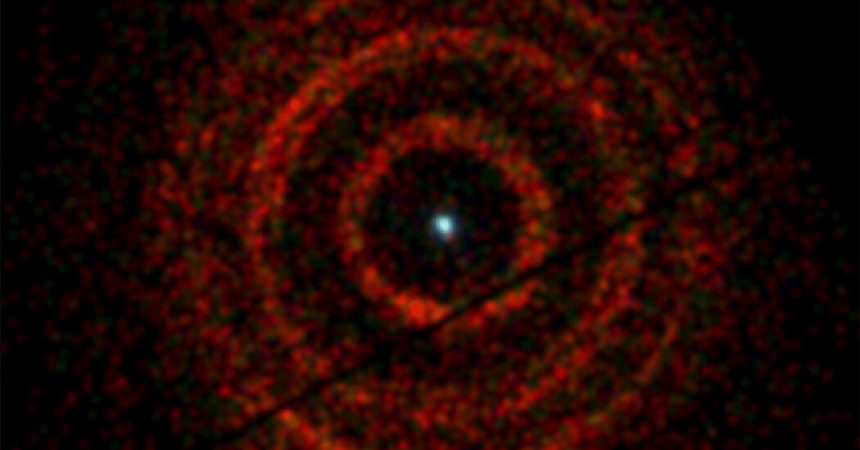Just in time for Halloween, two black holes are in the news.
One is a serial killer, on the verge of devouring its second star in five years. The other is part of what astronomers are calling a black-hole triple, the first known instance of a three-body system that includes a black hole, which is not supposed to be part of the mix, according to standard astrophysics.
Black holes are the bottomless pits of gravity decreed by Einstein’s theory of general relativity more than a century ago. Astronomers now know that there are millions of them just in our own galaxy, the Milky Way, the gravestones of stars that imploded and collapsed beyond limit. And every galaxy appears to harbor a supermassive black hole — which is millions to billions of times as massive as our sun — at its center.
The killer black hole was first noticed five years ago, when astronomers spotted a flare from the center of a distant galaxy 215 million light-years from Earth. The flare came from a star that had wandered too close to the galaxy’s supermassive black hole, a “tidal disruption event” named AT1910qix.
Over the next five months, gravitational forces ripped the star apart and stretched its innards into a ring encircling the black hole. Half of this material fell into the black hole; the other half began drifting away in an expanding disc.
Now, however, that leftover debris has drifted so far out from the black hole that it is interfering with another star.
Every 48 hours, this star crashes through the remnant disc on its way around the black hole, creating a flash of violent X-rays and other radiation. An international team of astronomers led by Matt Nicholl of the Queen’s University, Belfast, has been following the action with an array of space telescopes, including the Chandra X-ray Observatory, the Hubble Space Telescope and the Neutron Star Interior Composition Explorer. The team published its results recently in the journal Nature.
The New York Times











